Last Updated on August 5, 2021

Love it or hate it, THE MATRIX changed movies when it was released. The idea of bullet time became so overused in movies that it devolved into a parody of itself. The Wachowskis have not made a film since the first MATRIX that has lived up to that film’s potential. As much as I enjoyed SPEED RACER, it was nothing to write home about. So hearing about CLOUD ATLAS didn’t do much for me. Until that trailer was released. Something about it struck me. It was unique and complicated and wholly unlike anything else I have seen. I loved it instantly.
Now, it is dangerous to fall in love with a trailer. It is kind of like meeting that gorgeous woman and dancing with her and just knowing the sex is going to be amazing and then you get her home and she has swamp-ass and barks like a dog. CLOUD ATLAS has the potential to be truly amazing or absolute garbage. Watching the director commentary video gave me a nice feeling that the movie would lean closer to amazing.
In the latest issue of The New Yorker, the trio of directors delve deeper into how CLOUD ATLAS finally made it to the big screen as well as how crazy we can anticipate this movie to be. Check out some highlights.
Here’s a glimpse at the plot of the novel: Mitchell’s book is not a simple read, with its interlocking stories and a multitude of characters, distributed across centuries and continents. Each story line has a different central character: Adam Ewing, a young American who sails home after a visit to an island in the South Pacific, in the mid-nineteenth century; Robert Frobisher, a feckless but talented Englishman, who becomes the amanuensis to a genius composer in Flanders, in the nineteen-thirties; Luisa Rey, a gossip-rag journalist who rakes the muck of the energy industry in nineteen-seventies California; Timothy Cavendish, a vanity-press publisher who finds himself held captive in a nursing home in present-day England; Sonmi~451, a genetically modified clone who gains her humanity in a futuristic Korea, ravaged by consumerism; and Zachry, a Pacific Islander who struggles to survive in the even more distant future, after “the Fall,” which seems to have endangered the planet and eradicated much of humankind. These characters are connected by an intricate network of leitmotifs—a comet–shaped birthmark crops up frequently, for instance—and by their ability to somehow escape the fate that has been prepared for them. The book’s dizzying plot twists are infused with lush linguistic imagination. For the Zachry sections, Mitchell constructed post-apocalyptic mutations of the English language, which effectively force readers to translate as they go.
How they broke down the complexities of the novel: The chapters are ordered chronologically until the middle of the book, at which point the sequence reverses; the book thus begins and ends in the nineteenth century. This couldn’t work in a film. “It would be impossible to introduce a new story ninety minutes in,” Lana said. The filmmakers’ initial idea was to establish a connective trajectory between Dr. Goose, a devious physician who may be poisoning Ewing, in the earliest story line, and Zachry, the tribesman on whose moral choices the future of civilization hinges, after the Fall. They had no idea what to do with all the other story lines and characters. They broke the book down into hundreds of scenes, copied them onto colored index cards, and spread the cards on the floor, with each color representing a different character or time period. The house looked like “a Zen garden of index cards,” Lana said. At the end of the day, they’d pick up the cards in an order that they hoped would work as the arc of the film. Reading from the cards, Lana would then narrate the rearranged story. The next day, they’d do it again.
On how they see CLOUD ATLAS influencing cinema: “ ‘Cloud Atlas’ is a twenty-first-century novel,” Lana said. “It represents a midpoint between the future idea that everything is fragmented and the past idea that there is a beginning, a middle, and an end.” As she spoke, she was screwing and unscrewing two halves of some imaginary thing—its future and its past—in her hands. If the movie worked, she continued, it would allow the filmmakers to “reconnect to that feeling we had when we were younger, when we saw films that were complex and mysterious and ambiguous. You didn’t know everything instantly.”
Andy agreed. “ ‘Cloud Atlas’ is our getting back to the spectacle of the sixties and seventies, the touchstone movies,” he said, rubbing his bald dome like a magic lantern.
The article runs eight pages and delves into the Wachowski’s first films, THE MATRIX, as well as the long road to getting this movie made. It is one of those stories that truly makes you love and hate Hollywood, but definitely worth checking out.
CLOUD ATLAS is premiering at TIFF now and will open in theaters everywhere on October 26th.






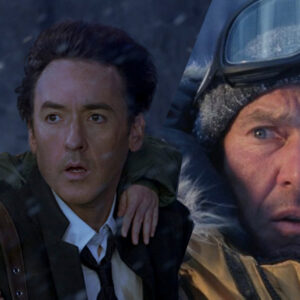
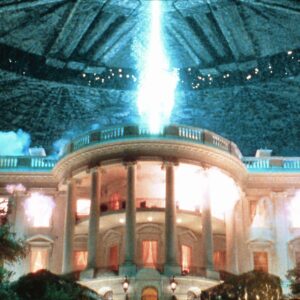
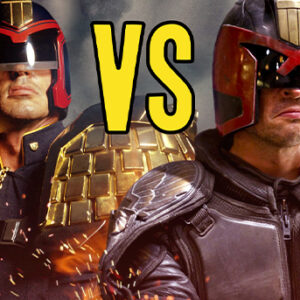

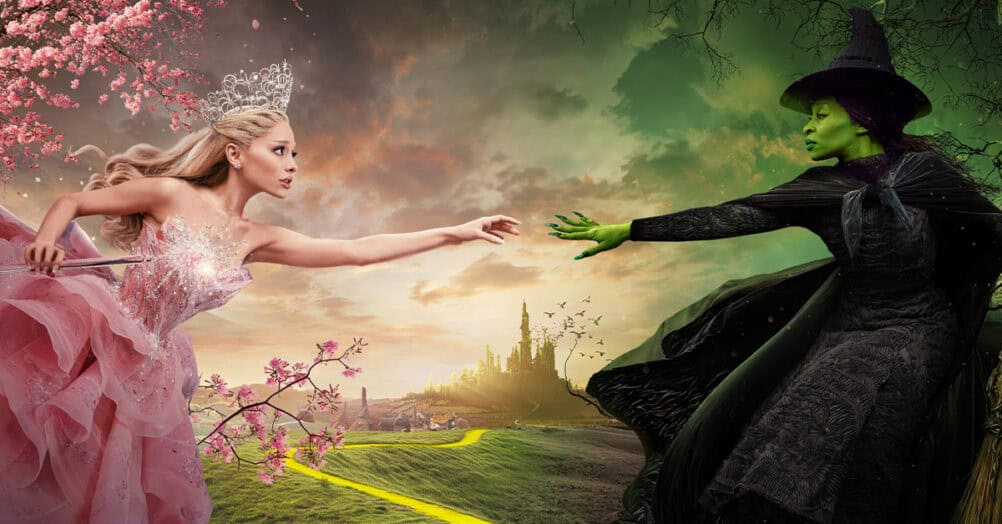
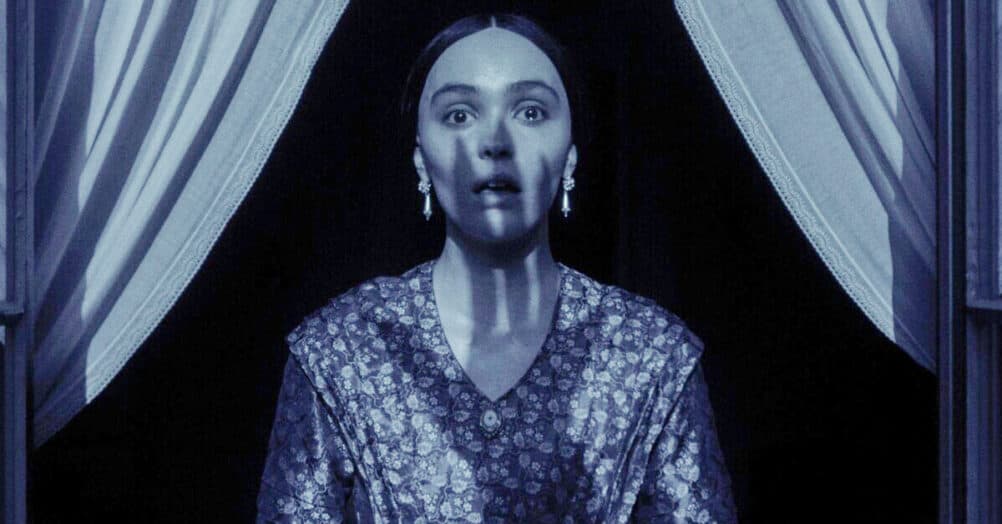
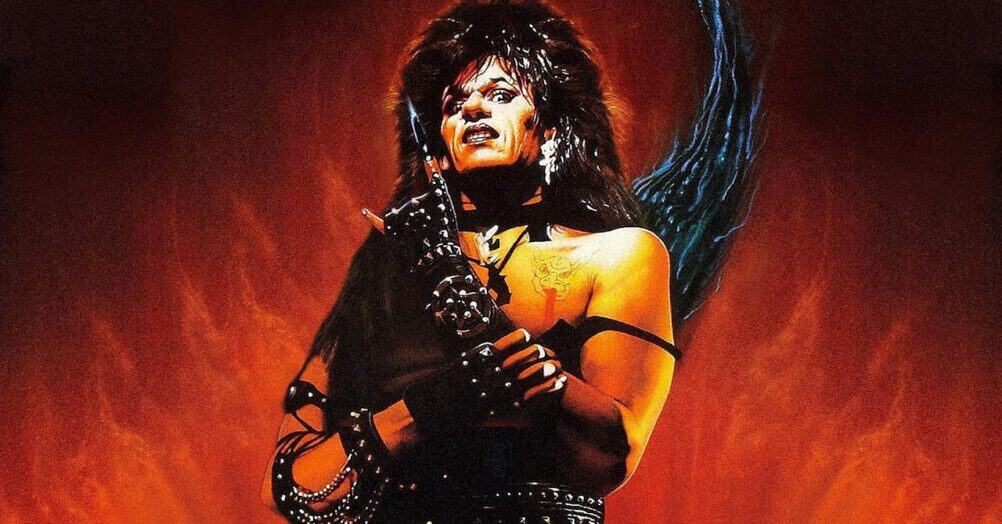
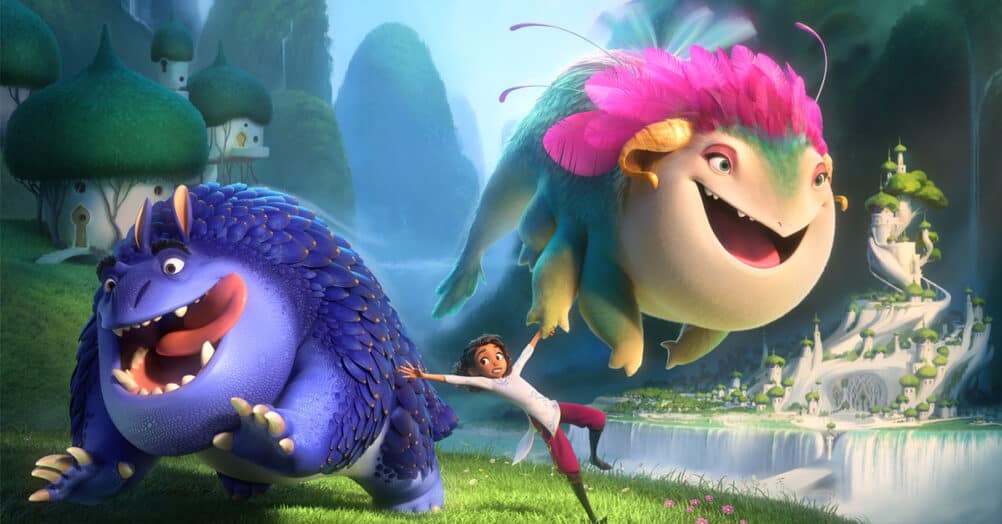





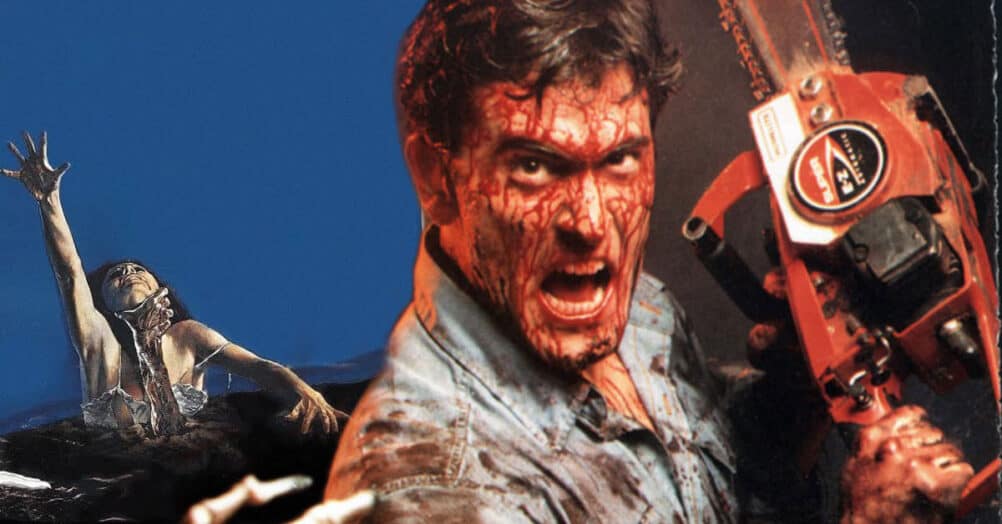
Follow the JOBLO MOVIE NETWORK
Follow us on YOUTUBE
Follow ARROW IN THE HEAD
Follow AITH on YOUTUBE